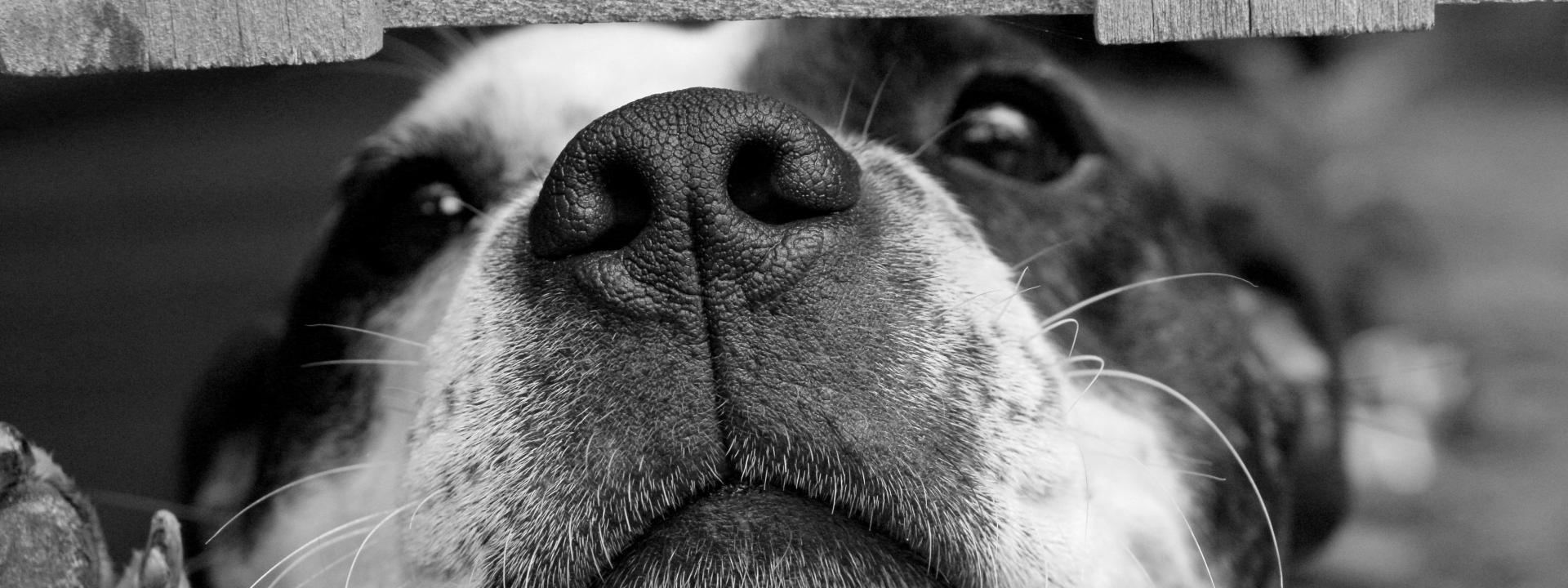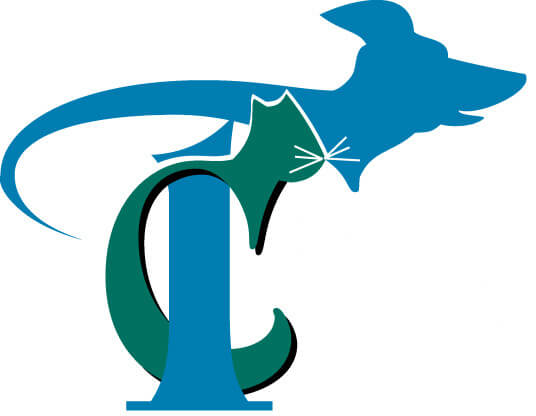
It’s not just an issue in our clinic, but across the globe. When you walk into a clinic with your pets, statistics show that 60% of cats and 59% of dogs in the U.S. are overweight or obese. In comparison only 10-12% of dogs and cats are considered underweight. That means there are very few pets that are considered ideal weight. So how do we determine your pet’s weight if it’s not just putting them on the scale when they come in for their appointment?
When we examine your pets at their appointments one of the many things we look at is your pet’s Body Condition Score. The Body Condition Score, aka BCS, is a scale of 1-9 to help us determine if your pet’s weight/figure is too thin, ideal, or obese. The three factors that we look at to determine body condition are as follows;
- Are we able to palpate your pet’s ribs without having to push too hard?
- When we look at your pet from above from head to tail. Is there an hourglass shape? They should appear wider at the chest, a tuck in at the waist and then back out at the hips.
- When we look at your pet from the side, it has an abdominal tuck, after the rib cage ends the body wall tucks up at the abdomen and does not appear as a straight line from chest to tail.
If you follow these steps at home you can determine your pet’s body condition score at home too. This helps us all to keep track of weight changes in and out of the clinic and spot changes quickly to determine if there may be a medical reason for sudden changes. We touch and look at our pets every day so next time you are with your pet, determine its body condition score. If your pet is scoring a 6 or above, it may be time to talk to your vet and possibly consider a diet. If your pet’s score is a 3 or below it may need to have some wellness bloodwork to determine a cause for the weight loss.
On the scale, 1-3 is too thin. Animals that are too thin are considered unhealthy. These pets have visible bones, little to no body fat, a very obvious waist, and abdominal tuck. The next level on the scale are the fours and fives. This should be your goal for your pet; 4-5 is ideal. These pets have easily palpable ribs with minimal fat covering, a waistline when viewed from above, and an abdominal tuck up when viewed from the side. If your pet is a 6, some are considered to be healthy while others are considered above ideal. These pets have a little more fat covering their ribs but ribs are still palpable, they are losing their waistline and becoming more straight figured, but their abdominal tuck is still apparent. Next is a BCS of a 7, these pets are considered overweight. They have a heavy fat cover over their ribs and the ribs are becoming difficult to palpate, a waistline is absent (both from the top and the side), and you may start to notice fat deposits over their back and on the base of their tail. Lastly are the obese pets with a body condition score of 8-9. These pets, just like the ones that are too thin, are considered unhealthy. These obese pets have large amounts of fat covering their ribs, thorax, spine, and/or base of tail. They may also have fat deposits on their neck and limbs. It is extremely difficult to palpate their ribs and significant pressure is required to feel them. These pets also have no waist, and instead of an abdominal tuck their abdomens may appear distended. The added weight they are carrying is causing stress on their body and can lead to things like osteoarthritis, high blood pressure, kidney disease, heart and respiratory disease and can lead to type 2 diabetes. Pets of this body condition score are in need of immediate intervention to get them to lose some weight and can sometimes help avoid long term health changes if addressed early.
When you are at home determining your own pet’s BCS and it is looking like a 6 or higher or a 3 or lower, please call us and schedule an appointment to discuss your pet’s weight and figure out the next step in their care plan to return them to a healthy weight.
